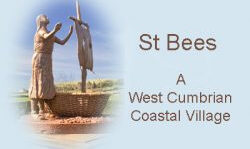Appendix
A summary of the styles of Viking art involved in this dissertation
Jellinge
Mid 9th Century to second half of the 10th century.
Characteristics include a backward looking head, with an open mouth, lip lappet, elliptical eye, pigtail, arid a ribbon shaped body which curves twice. The pigtail also entwines with the body. The two-clawed foreleg emerges from a spiral hip, the rear leg also being clawed arid angular. The tail often interlaces with the next figure. This style introduces the central motif of the large beast. Britain was greatly influenced by the Jellinge style, in York, the Isle of Man arid Orkney.
Ringerike
Later 10th century to later 11th century.
The three main elements of this style are the beast, the snake, (which often encircles the scene, perhaps with additional serpents), arid the tendril, which are long with tightly curled ends. The snake also twists round the beast. Details include the head looking back, spiral hips, an elliptical eye and lip lappets. Even with narrative scenes, elements such as animals and trees are treated as decorative Ringerike elements. This occurs in the carvings of Sigurd slaying the dragon at Ramsund and Gok in Sweden. This style is the last essentially barbaric Scandinavian style, with Urnes, being a decorative refinement of previous characteristics.
Urnes
Mid 11th century to 12th century in Scandinavia.
A short period after the Norman Conquest in England. The three motifs are the quadruped, the snake like beast with one fore arid one hind leg, and a ribbon interlace that may have an animal head. The overall impression is of long and continuous interlinking curves. A few details remain, such as the lip lappet, the elliptical eye, now enlarged, and the spiral hip joint. The feet have become more delicate, arid the lower jaw elongated. The animals are difficult to separate and often bite each others’ bodies.
